.jpg)
Eternal Landscapes Mongolia Blogging From The Wild Mongolia's Ger Tuesday's Snapshot
Turkic languages The Turkic peoples are a collection of diverse ethnic groups of West, Central, East, and North Asia as well as parts of Europe, who speak Turkic languages. [37] [38] According to historians and linguists, the Proto-Turkic language originated in Central-East Asia, [39] potentially in Altai-Sayan region, Mongolia or Tuva.

Mongolian Flag, Mongolian Tent, Empire Mongol, What Is A Yurt, Building A Yurt, Airbnb, Grazing
How Different Are The Mongols From The Turkic Peoples?Watch Full Episode: https://www.youtube.com/watch?v=4qCJQA45aXc-----.
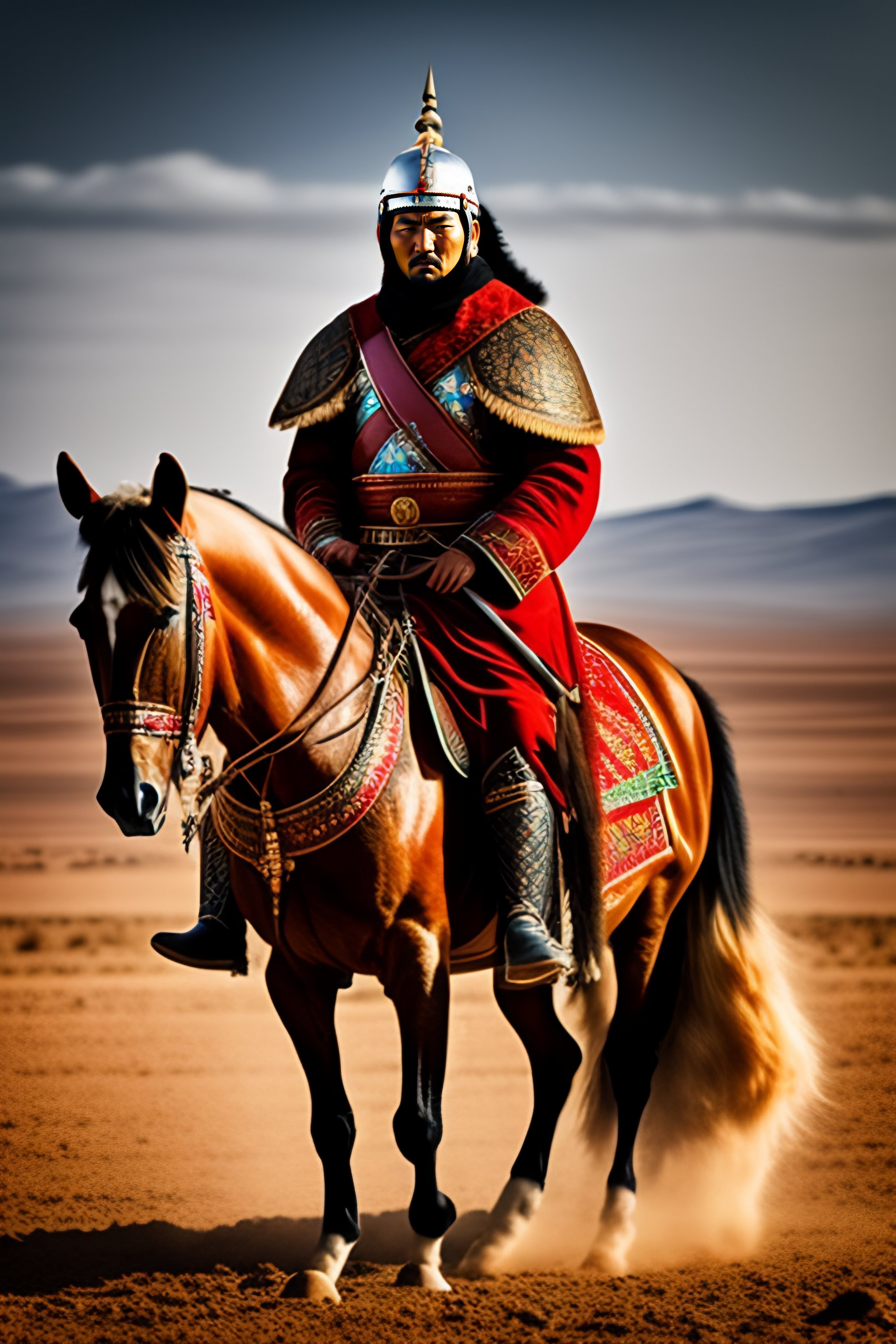
Lexica Turkish Mongolian warrior on horseback
The Mongols [a] are an East Asian ethnic group native to Mongolia, Inner Mongolia in China, and the Buryatia Republic of the Russian Federation. The Mongols are the principal member of the large family of Mongolic peoples.

A Mongolian couple Mongolia, Mongolian people, Turkish culture
Learn a new language with Babbel and get your first lesson free: https://bit.ly/2wLmUWxSupport The Polyglot Files on Patreon: https://patreon.com/thepolyglot.

Mongolian HD wallpapers, Backgrounds
In this study, 176 words that are living in Turkish dialects in Turkey and are also common with Mongolian are identified and variants of these words in Turkish dialects in Turkey are given. Thus.

689 Turkish Mongolian Stock Photos Free & RoyaltyFree Stock Photos from Dreamstime
Turkic languages The Turkic languages are a language family of more than 35 [2] documented languages, spoken by the Turkic peoples of Eurasia from Eastern Europe and Southern Europe to Central Asia, East Asia, North Asia ( Siberia ), and West Asia.

Premium Photo Uzbek eastern tatar cuisine cheburek with meat and suluguni cheese top view
Mongolian [note 1] is the official language of Mongolia and both the most widely spoken and best-known member of the Mongolic language family.

Mongolian Coffee & End Tables Living Room Furniture
Turkey and Mongolia established relations in 1969 when Mongolia was a communist state. The friendly relationship between two countries was reflected in a ceremony back in 2019, when Turkish ambassador to Mongolia Ahmet Yazal declared " We have historical, cultural and social relations that date back to 2000 years ago.
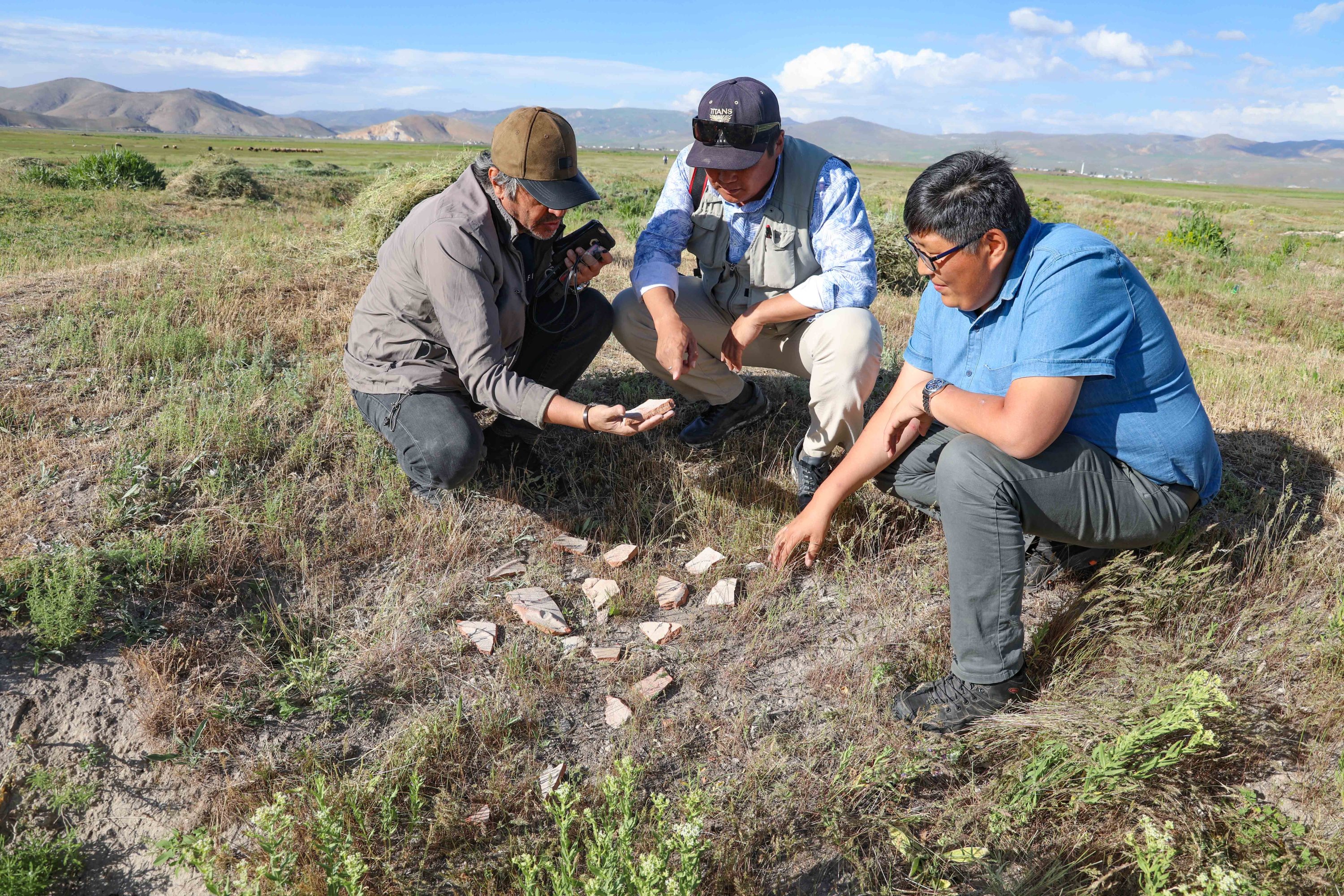
Turkish, Mongolian scientists trace Ilkhanid palace in Turkey's Van Daily Sabah
A number of Turkic tribes allied with the Mongol Empire, owning by cultural commonalities; while a number of Turkic tribes rose up and fought against the Mongol rulers, continuing the nomadic traditions. Is Mongolian language Turkic? Mongolian is related to the extinct Khitan language.

Ulaanbaatar Mongolian Turkish School
Altaic ( / ælˈteɪ.ɪk /) is a controversial proposed language family [2] that would include the Turkic, Mongolic and Tungusic language families and possibly also the Japonic and Koreanic languages.
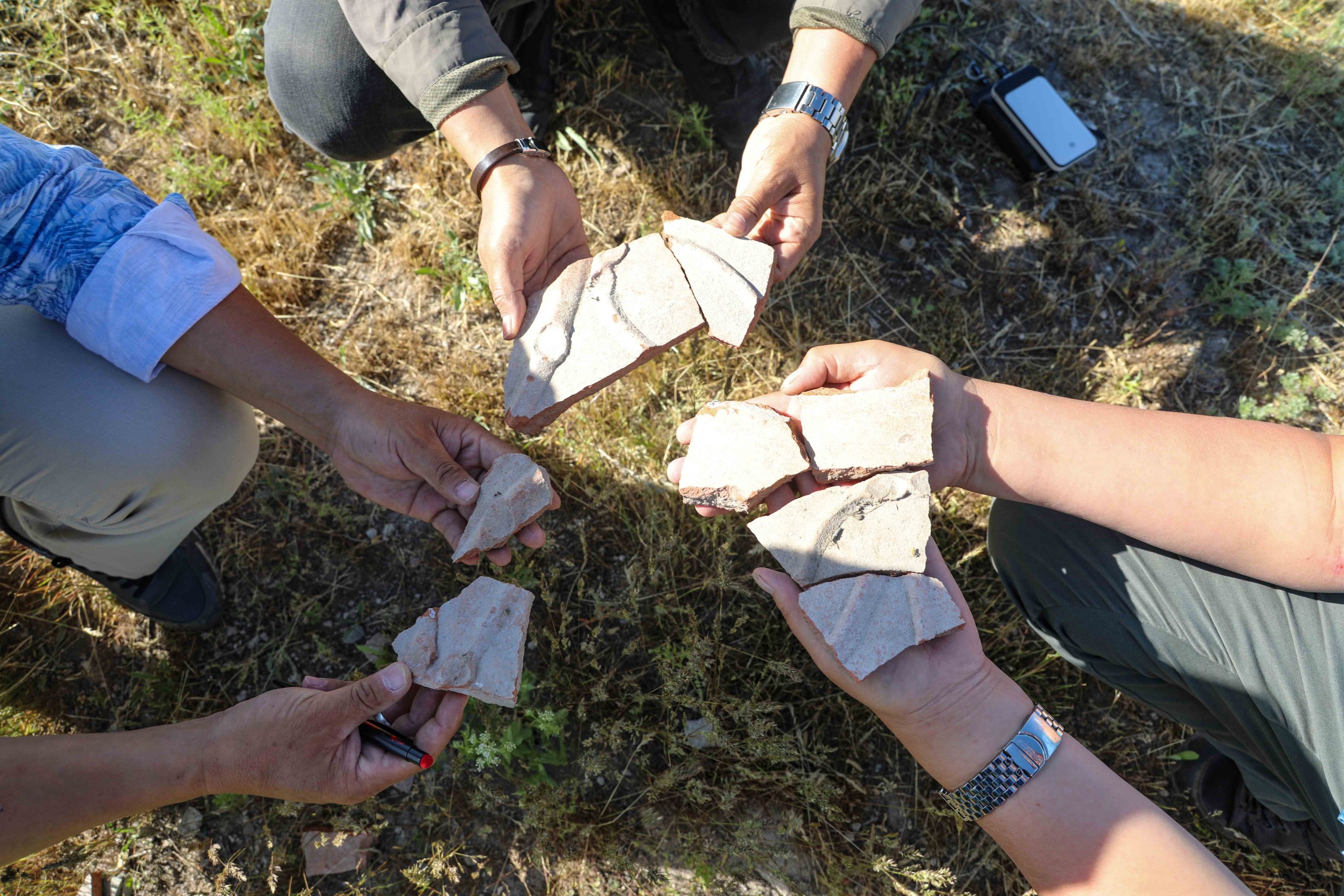
Turkish, Mongolian scientists trace Ilkhanid palace in Turkey's Van Daily Sabah
The Turco-Mongol or Turko-Mongol tradition was an ethnocultural synthesis that arose in Asia during the 14th century, among the ruling elites of the Golden Horde and the Chagatai Khanate.

The National Dish is Tatar Cuisine. Preparation. Stock Photo Image of french, parmesan 235088808
The Turkic languages are spoken principally in a nearly continuous band from Turkey, Armenia, and Azerbaijan through the Central Asian republics of Kazakhstan, Uzbekistan, Turkmenistan, Kyrgyzstan, and Tajikistan to Xinjiang in China.

Turkish and Mongolian Throat Singer My Ancestor ) Know Your Meme
The Turkic peoples originated, according to Chinese sources, in Mongolia and southern Siberia by the sixth century C.E. [1] Six centuries later, "The tribes of Mongolia have to be described as 'Turko-Mongol,' since it is by no means clear in all cases which were Turkish and which Mongol" as the tribes "intermarried freely."

Tattoo Finka Mongolian warrior Asya tarihi, Savaşçılar, Zırh
The central Asian country Mongolia is home to more than 20 tribes and ethnic groups, some of which are related to neighboring Turkic populations. The main Mongolian people, Khalkha, live in central and eastern Mongolia while the Tsaatan minority lives in the north of the country.
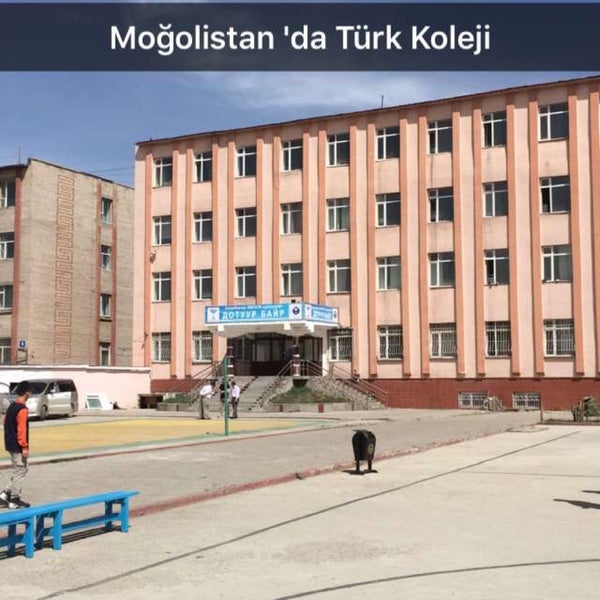
Ulaanbaatar Mongolian Turkish School
While the first thing that comes to ones mind when they hear the word "Turk" may be the Turkish people and the nation of Turkey, it may come as a surprise to many to hear that the Turkish.
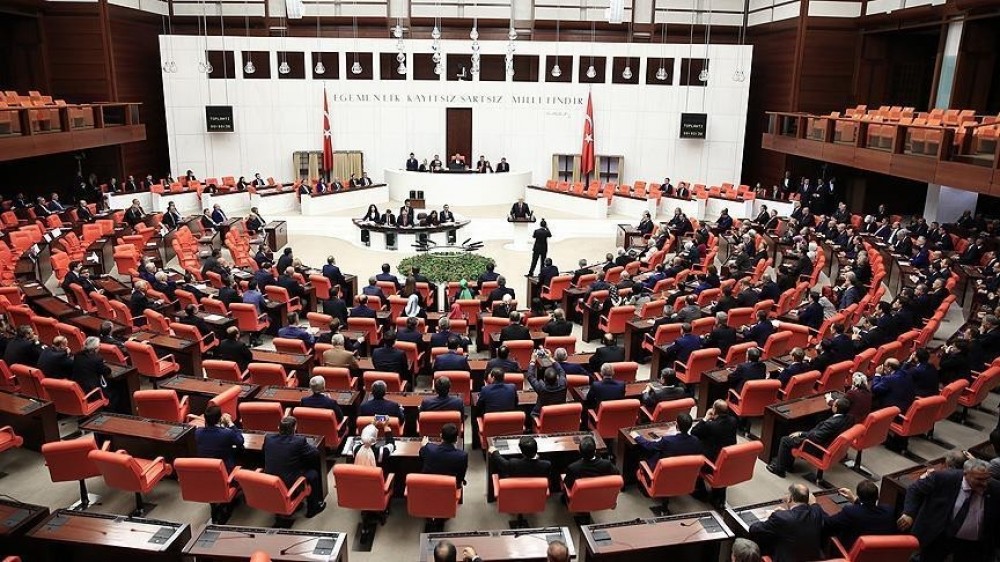
TurkishMongolian parliamentary friendship group visits Mongolia
The emergence of the Turks from Mongolia is a gradual and uncharted process. Each successive wave makes its first appearance in history only when Turkish tribes or warriors acquire power in some new region, whether they be the Khazars, the Seljuks or one of many other such groups. The sudden eruption of the Mongols from their homeland is different.